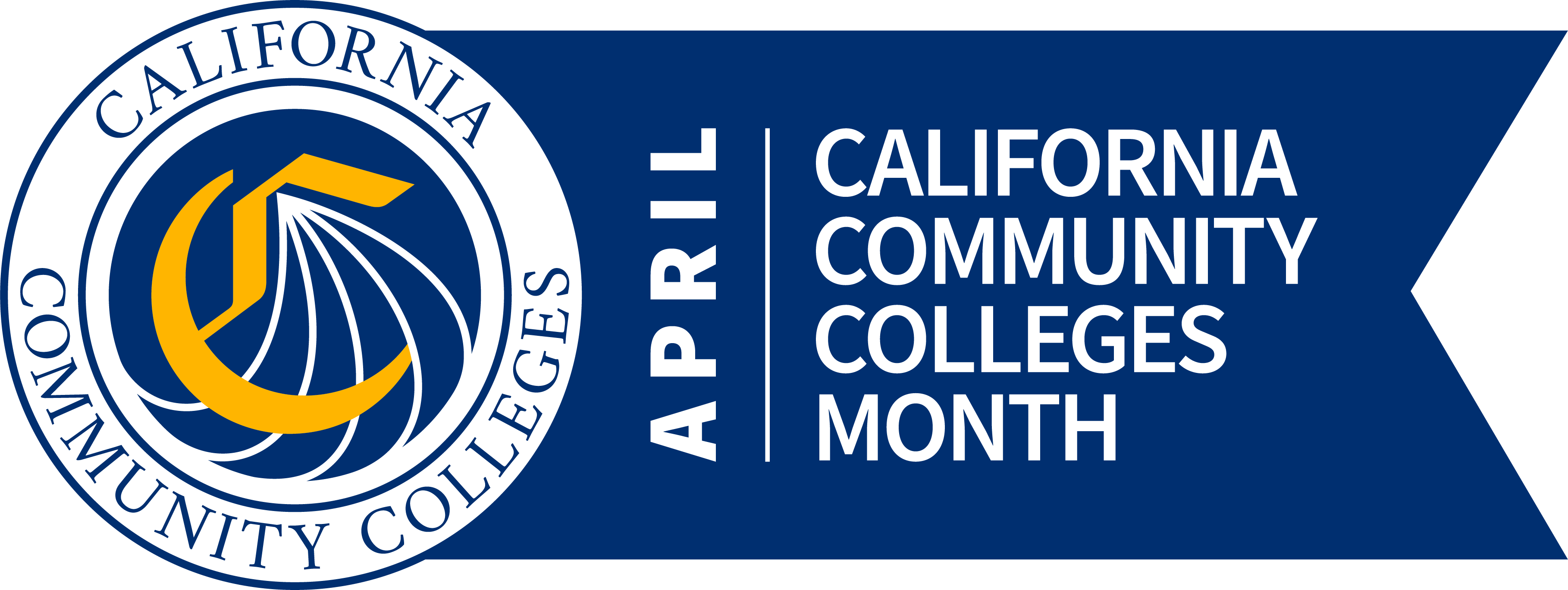July 17, 2017
Paul Feist
Phone: 916.327.5353
E-mail: pfeist@cccco.edu
SACRAMENTO, Calif. – The California Community Colleges Board of Governors today embraced an ambitious strategic plan calling for sizable increases in the number of students transferring to a University of California or California State University campus, substantial improvements in preparing students for in-demand jobs and eliminating the achievement gap altogether.
Titled “Vision for Success: Strengthening the California Community Colleges to Meet California’s Needs,” the comprehensive report articulates a set of goals and commitments developed by a team of community college experts who spent months reviewing research and gathering input from a wide array of policy makers, employers, college faculty and staff, social justice advocates and everyday Californians. A virtual town hall yielded more than 550 comments and suggestions.
Vision for Success makes clear that a focus on getting every student to his or her defined objective will serve as the “North Star” guiding all reform efforts at every level.
“One in five Americans attending a community college are enrolled in a California community college, which makes it imperative that we remain innovative and always put students first,” said Board of Governors President Cecilia V. Estolano. “We can do better, we must do better, and the Vision for Success is a first step in a making sure that we do.”
Goals in the Vision for Success are:
• Increasing by 35 percent the number of California community college students transferring annually to a UC or CSU campus. The Public Policy Institute of California says this benchmark must be reached if California is to meet future workforce demands for employees with bachelor’s degrees. The Vision for Success calls for reaching this goal by mid-2022.
• Boosting by 2022 the number of students completing career education programs who find a job in their field of study from the current 60 percent to 69 percent.
• Increasing by at least 20 percent the number of students annually who earn associate degrees, credentials, certificates or acquire specific skill sets that prepare them for an in- demand job. This goal, set for 2022, is needed to meet future workforce demand in California, as analyzed by the Centers of Excellence for Labor Market Research.
• Significantly reducing the average number of units accumulated by students who earn an associate degree from approximately 87 to 79. Most associate degree require 60 units, and reducing the average number of units-to-degree will help students reach their educational goals sooner and at less cost.
• Reducing achievement gaps by 40 percent within 5 years and fully closing those achievement gaps for good within 10 years.
“The California Community Colleges system is the state’s engine of social and economic mobility, but our state needs us to step up the pace of improvement,” said Chancellor Eloy Ortiz Oakley. “They know that today’s students are tomorrow’s workforce, and leaders are rightfully concerned that too few students are making it through college and achieving their dreams. Our Vision for Success provides an honest look at our performance as a system, both where we are excelling and where we are falling short, while setting out very clear goals for improvement.”
Achieving the goals set forth in Vision for Success will require a set of seven commitments that taken together can move the college system in the right direction to reach those objectives. Focusing relentlessly on students’ end goals tops the list of commitments and serves as the North Star guiding the California Community Colleges system. Critical in meeting this commitment is the Guided Pathways initiative, a five-year, $150-million project aimed at engaging administrators, faculty and staff to enact comprehensive changes so that all courses are designed as part of a coherent pathway with a clear outcome.
Other commitments needed to realize the goals set forth in Vision for Success include focusing more intently on the student experience when designing programs and services; pairing high expectations with high support, including addressing gaps in basic skills before students arrive at a college campus; putting data analysis at the center of the program-review process; and taking ownership of goals and performance.
The Vision for Success was developed by the Success Center for California Community Colleges, a hub for student success projects housed at the Foundation for California Community Colleges. The report was created through support from The James Irvine Foundation, the Bill & Melinda Gates Foundation and College Futures Foundation.
The California Community Colleges is the largest system of higher education in the nation composed of 72 districts and 114 colleges serving 2.1 million students per year. Community colleges supply workforce training, basic skills education and prepare students for transfer to four-year institutions. The Chancellor’s Office provides leadership, advocacy and support under the direction of the Board of Governors of the California Community Colleges. For more information about the community colleges, please visit our website.

